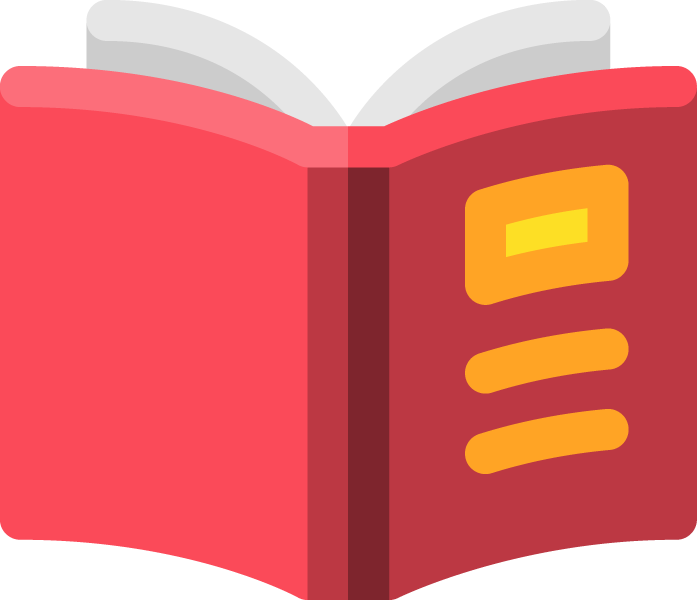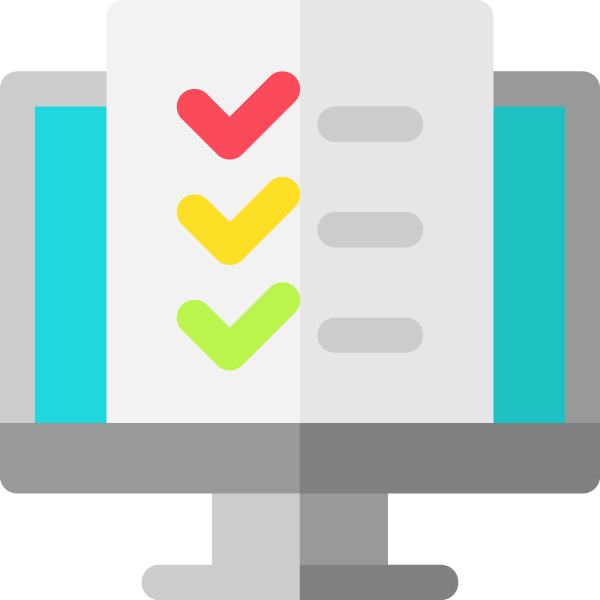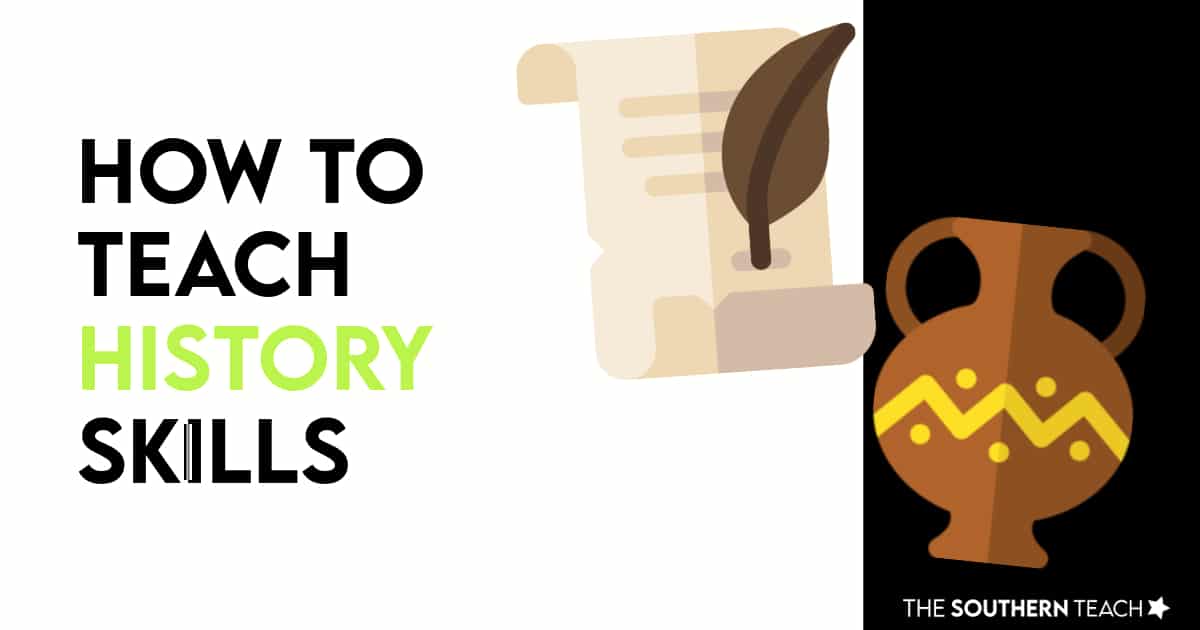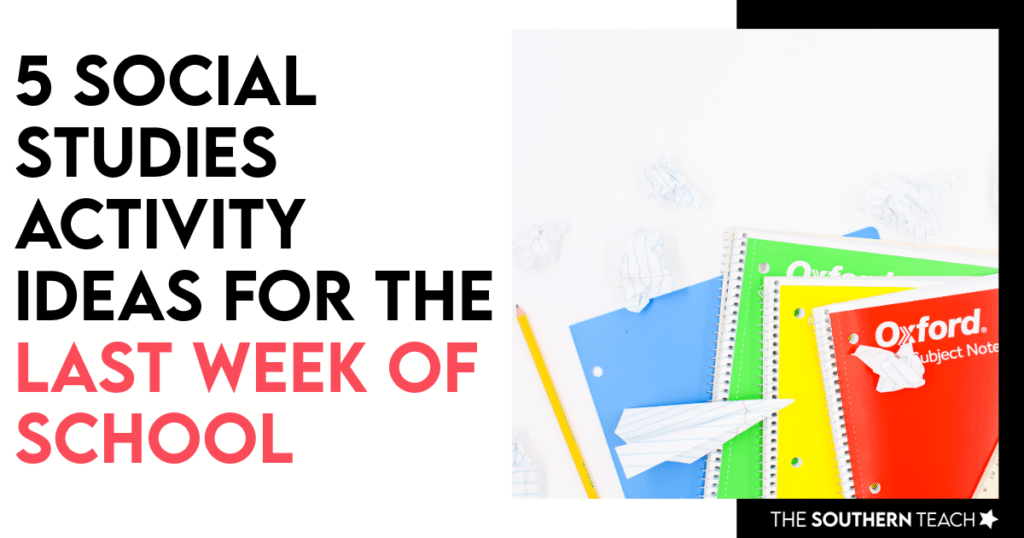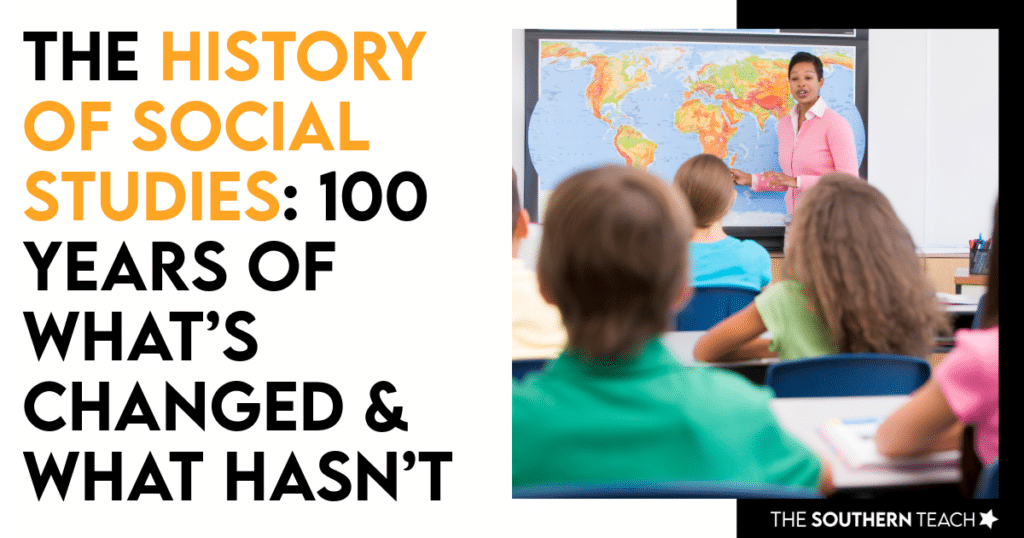6 Tips for Teaching History Skills in Upper Elementary
By Kirsten Hammond
Share This Post:
Need some ideas on how to teach history skills to your 3rd-5th grade students? You’re in the right place! In this article, I’ll share tips and activity ideas to make history come alive for your upper elementary students, aiming not only to convey stories from the past but also to ignite curiosity and sharpen critical thinking skills.
1. Connecting History Skills to Today
Start by showing students how history relates to the world they live in.
For example, when studying the Civil Rights Movement, discuss current events related to social justice. Encourage students to compare and contrast strategies used by activists during the Civil Rights Movement with those used in present times.
This approach helps students see the relevance of history in their own lives and fosters a deeper understanding of ongoing societal issues.
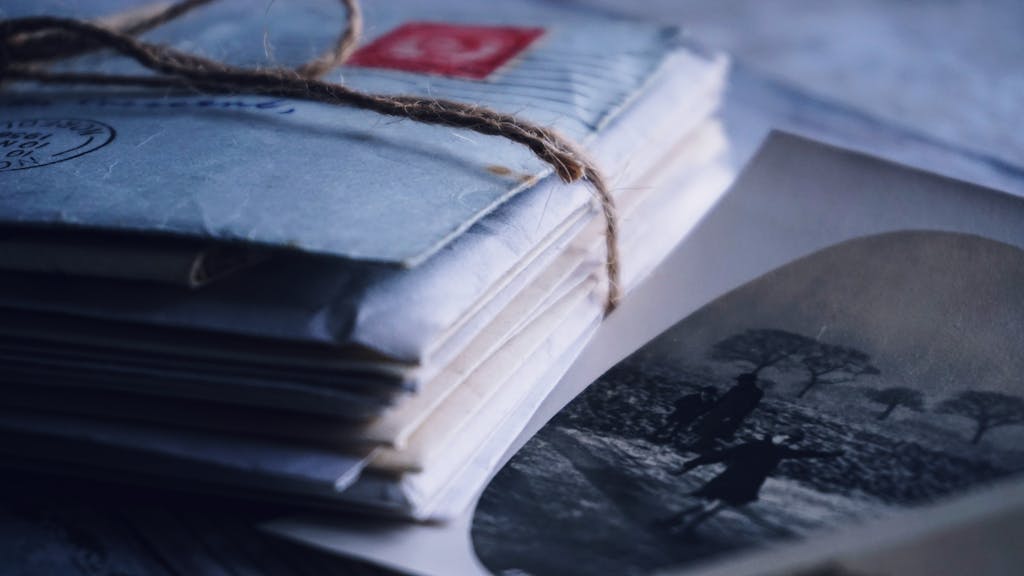
2. Using Primary Sources
You can’t teach history skills without teaching students to primary sources!
Introduce students to real historical artifacts like letters, speeches, or photos. For instance, when discussing the Gettysburg Address, ask students to imagine being at the speech. What emotions are they feeling? What do they think Abraham Lincoln was trying to convey?
Engaging with primary sources allows students to experience history firsthand and develop a personal connection to the past.
3. Exploring History Like Detectives
Turn history lessons into a mystery for students to solve. If you’re teaching about the Roaring Twenties or the 1960s, provide clues based on historical facts or popular songs from the era. Have students crack the case on which decade you’re referring to.
This detective approach makes learning history skills interactive and fun, encouraging students to delve deeper into historical contexts.
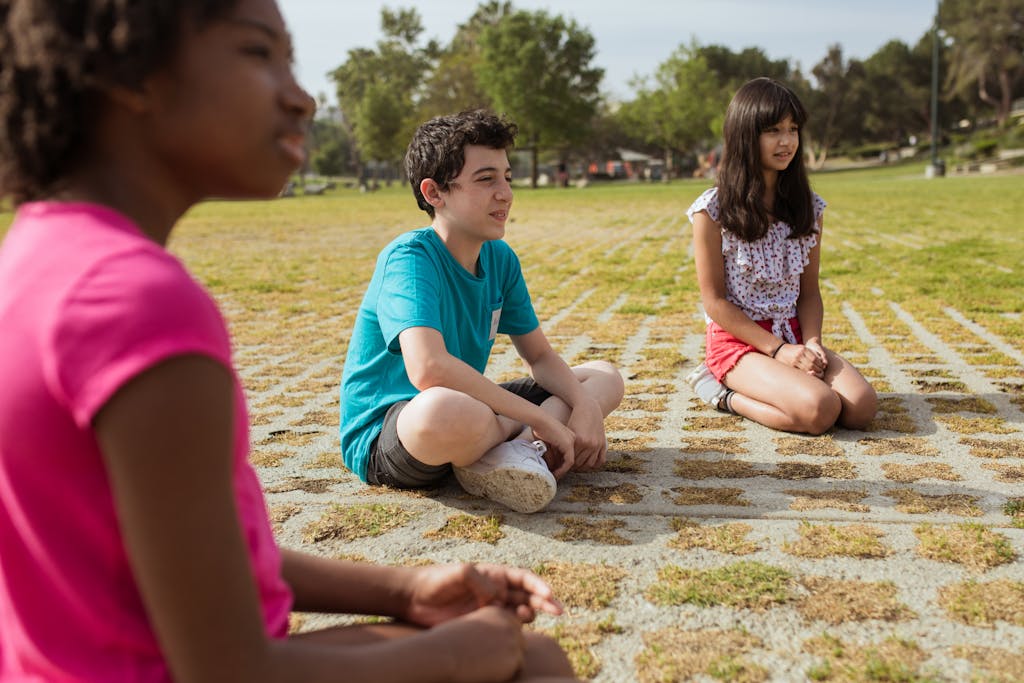
4. Role Playing and Simulations
Use role-playing activities and simulations to make history interactive. Assign students roles in a mock trial of historical figures, such as Susan B. Anthony. Let them argue for or against women’s suffrage using evidence from primary sources.
Role-playing helps students understand different perspectives and the complexities of historical events.
5. Critical Thinking About Bias
Critical thinking is also helpful for history skills! Help students develop a keen eye for bias in historical accounts. Discuss how different perspectives shape the portrayal of events. For example, show contrasting newspaper articles about the sinking of the Titanic or differing views on slavery in the United States.
By analyzing various viewpoints, students learn to recognize bias and understand how history can be interpreted differently.

6. Reflecting on Lessons Learned
Encourage students to journal about historical events they’ve studied. Have them write letters as if they were living in the time period being discussed. For example, they could write from the perspective of a soldier in the trenches of World War I or a child during the Great Depression.
Reflective journaling helps students internalize historical events and connect emotionally with the past.
Engaging Activity Ideas
With these tips to strengthen student history skills, here are some engaging activities to bring history to life:
- Historical Comparisons: Have students research and compare historical and current events.
- Primary Source Analysis: Use artifacts like letters, photos, and speeches in class discussions.
- Historical Mysteries: Create detective-style activities to uncover historical facts.
- Role-Playing Simulations: Conduct mock trials or debates on historical issues.
- Bias Exploration: Analyze different accounts of the same event to identify bias.
- Reflective Journals: Encourage students to write from the perspective of historical figures.
Incorporating Daily Passages
If you’re looking for an easy way to incorporate history consistently, consider using daily passages.
I offer a bundle of social studies daily passages focused on history. This bundle includes 11 topics (11 weeks of material), 44 passages, and three multiple-choice questions for each passage, along with weekly quizzes, unit pacing guides, glossaries, and digital versions.
These resources perfect for ensuring that history is taught consistently, even with limited class time.

Conclusion
Teaching history in upper elementary is all about making the past come alive. By connecting history to today, exploring primary sources, investigating like detectives, engaging in role-playing, thinking critically about bias, and reflecting on lessons learned, you can help your students develop a deeper understanding of the world around them.
kirsten hammond
Kirsten is a former 3rd and 5th grade teacher who loves helping upper elementary teachers by creating resources and sharing ideas that are engaging, research-based, and TEKS-aligned. She is a work-from-home mama of 3 rambunctious little ones and loves running, true crime, and lots of coffee.

